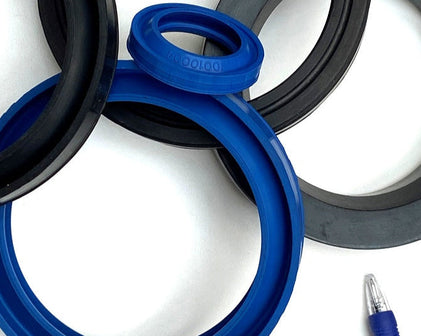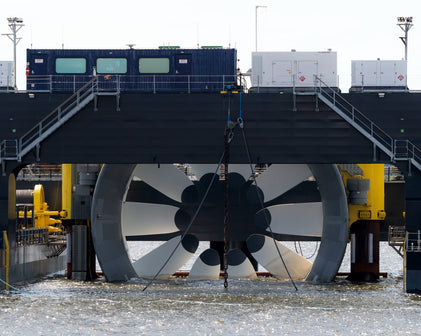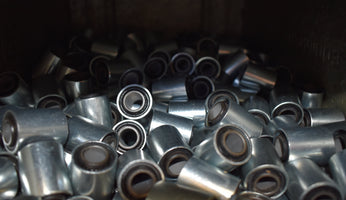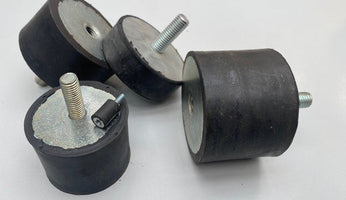Selecting Materials for Rubber Seals
Seals have different material requirements to anti vibration or anti shock rubber components. Key considerations include environmental compatibility and compression set. The material may also need to work mechanically, or be bonded, so additional requirements can also exist depending on the type of seal.
Common Rubber Seal types
- Flat seal
- O-rings
- Oil seal
- Grommet
- Multi-surface
- U-Cup seal
- Bellows
- V-Seal
- Diaphragm


Custom Rubber Seal Design & Development
AVMR have many years of experience in manufacture of custom rubber seals, being able to develop solutions for a range of sealing applications. A core part of our expertise relates to substrates for seals:
Substrates, often metal, are commonly used to provide product stiffness, fixture points, or as wear surfaces. Movement, or deflection, between the rubber and the substrate might be expected in either installation or in use, in which case we would almost always recommend bonding the substrate to the rubber rather than relying on friction.
There are a number of advantages to bonding the substrate, the main one being mitigating the risk of tearing or uneven rubber wear at the substrate-rubber interface. This can propagate exponentially, especially when poorly installed.


